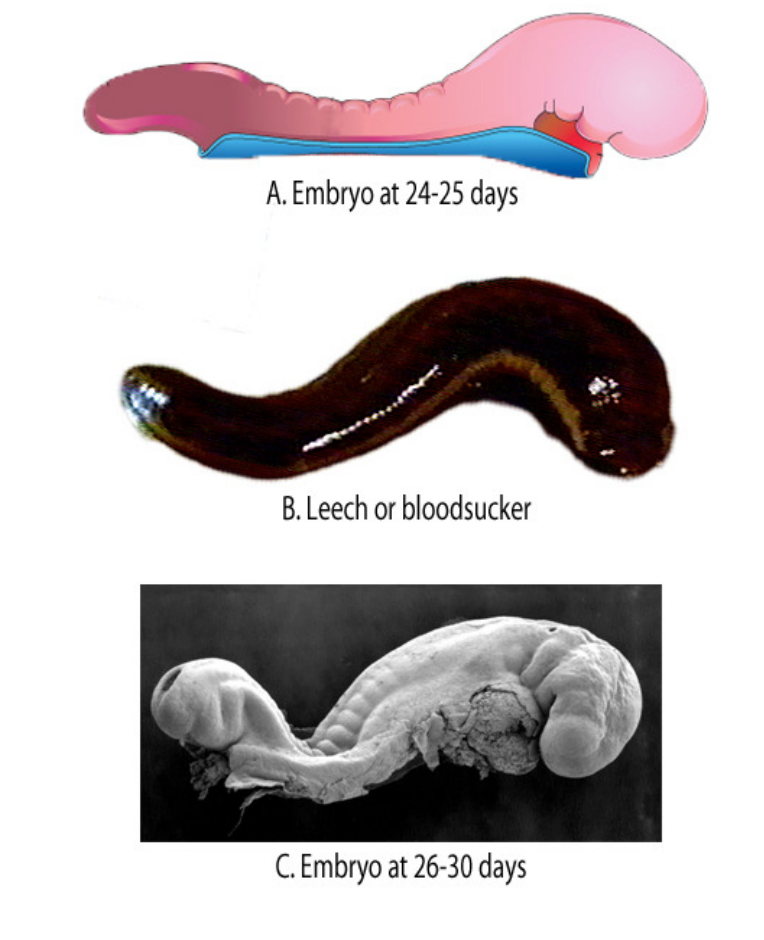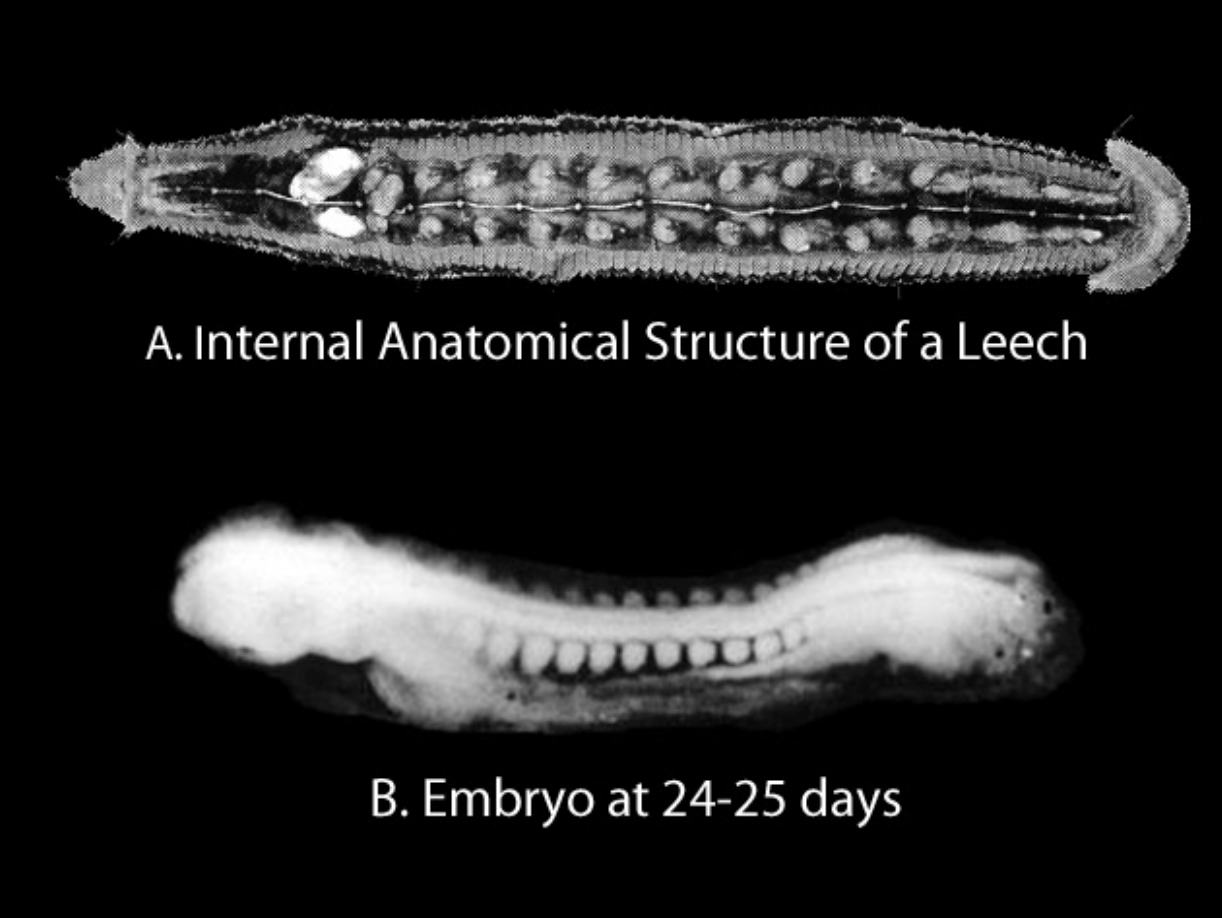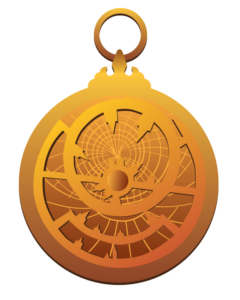Science has changed the world. From medicine to telecommunications, science has improved our lives and well-being in ways that no other field of study has achieved. Simply put, science continually elevates our lives, and our understanding of the world and the universe.
Thus, it is not surprising that many of us see science as the yardstick for truth, or as the only way to establish the truth about man, life and the universe. Although science is phenomenal, it can’t answer all the questions. It has limitations. It cannot be our only way to understand reality.
The Limitations of Science
The claim that science is the only method to find out the truth about man, life and the universe is wrong. Science cannot prove moral truths, like what is right and wrong. Science tells us what is, not what ought to be. In this sense science is amoral; it is not an appropriate means of making moral decisions. Whilst it may be used to support our moral decisions, ethical choices are beyond science.
Science cannot prove logical truths. For example, take the following into consideration:
- All unmarried men are bachelors.
- John is a bachelor.
- Therefore, John is an unmarried man.
The conclusion here necessarily follows. Its truth is established using our understanding of logical connections. These connections are extremely important when we make conclusions. The bachelor syllogism above is true because it logically follows that it is true, however science cannot show how these logical connections are true. .
Science Doesn’t Lead to Certainty
Not only is science limited by its inability to address all the questions about life and reality, but it also does not provide certainty. Certainty is not a word that scientists like to use due to the process of induction. Induction is used in science to form conclusions from the data captured in experiments. Induction essentially takes a finite, limited set of observations and concludes on a pattern which may help to understand the next observation or entire set of observation. Immediately we see that induction does not provide certainty: we cannot guarantee the next observation will concur with our conclusion. This is because there is always the possibility of new observations that contradict the previous observations or conclusions. This is why science continually changes. One day you’ll read in a popular magazine or newspaper that coffee is good for your heart, and in another that coffee is bad for your heart.
Thus, we cannot use science alone to establish religious truths. Science changes and improves, whereas religious claims are static, unchanging and timeless. This doesn’t mean, however, that religion and science contradict each other.
Islam and Science
Take Islam as an example. Islam never suffered the same historical issues as Christian Europe. It is well established that during medieval European history, the Church in power would struggle against any science that contradicted its doctrines and beliefs. In contrast, Islam facilitated science.
David C. Lindberg, a historian of science, asserts that it was a Muslim scientist, Ibn al- Haytham that developed the scientific method as we know it today.[1] Professor Thomas Arnold, an Arabist and a historian, made the claim that Muslim Spain facilitated the European renaissance:
Muslim Spain had written one of the brightest pages in the history of Medieval Europe. Her influence had passed through Provence into the other countries of Europe, bringing into birth a new poetry and a new culture, and it was from her that Christian scholars received what of Greek philosophy and science they had to stimulate their mental activity up to the time of the Renaissance. [2]
So what is the relationship between Islam and science? Specifically, what is the relation between the book of God – the Qur’an – and science?
The Qur’an is a book that makes us reflect upon ourselves, and the world around us. The Qur’an mentions knowledge over 100 times. It encourages profound thought:
The example of this worldly life is but like rain which We have sent down from the sky that the plants of the earth absorb – those from which men and livestock eat – until, when the earth has taken on its adornment and is beautified and its people suppose that they have capability over it, there comes to it Our command by night or by day, and We make it as a harvest, as if it had not flourished yesterday. Thus do we explain in detail the signs for a people who give thought. [3]
However, this doesn’t mean that science can prove the Qur’an’s Divine origins. Due to the tentative conclusions created by induction, this cannot be the case.
The Remarkable Qur’an
The Qur’an addresses various levels of intellect. Each particular word it employs to describe the natural world has many meanings. These words can relate to past and present understanding of the natural world, and they can relate to the non-scientific areas of spirituality and morality..
We need to appreciate what the main purpose of Qur’anic verse, before we can explore examples of how the Qur’an appeals to varying intellects with its profound range of meanings.
These verses are signposts pointing us towards God as the only being worthy of worship. They also serve to aid our understanding and appreciation of God’s Majesty, Power, Glory, Mercy and Love. They are not there to provide details on science, this is not their purpose. The sub-continent thinker and scholar Amīn Aḥsan Iṣlāḥī in his Tadabbur-e-Qur’ān elaborates on this point:
The reference to the creation of the heavens and the earth indicates and demonstrates the tremendous power and might of their Creator. The way they are fashioned testifies to the uniqueness of His handiwork and astounding wisdom. It also refers to the beneficial nature of the creation and its harmony with human life and needs, the benefits and advantages we gain and depend upon. All these are indicative of the grace and Mercy of the Creator and His providential care for His servants. Besides, these also clearly demonstrate that there is a higher purpose behind the creation of this life and the universe. [4]
Examples in the Qur’an
So how does the Qur’an address various levels of intellect at various times? To answer this question delve into some remarkable verses and words in the Qur’an. We will see how they relate to many levels of understanding for different people across different times.
Orbits (including the Sun’s Orbit?!)
And it is He who created the night and the day and the sun and the moon; all [heavenly bodies] in an orbit are swimming (yasbaḥūna). [5]
In the 7th century, at the time of revelation, the word ‘yasbaḥūna’, meaning to swim or float, was used to describe solar and lunar motion. These movements could be confirmed by the naked eye of a desert Arab. But the word also makes sense to us in the 21st century: it can relate to our contemporary scientific understanding of celestial mechanics.
Mustansir Mir, Professor of Islamic Studies at Youngstown State University, also makes this point:
The word yasbaḥūna (swim or float) in the verse ‘And He is the One Who created the night and day, and the Sun and Moon – each swimming in an orbit’ (Q 21:33) made good sense to seventh-century Arabs observing natural phenomena with the naked eye; it is equally meaningful to us in light of today’s scientific findings [i.e. celestial mechanics]. [6]
Interestingly, the above verse also mentions that the sun is floating or swimming in an orbit. This ostensibly conforms to the 7th century understanding of the geocentric universe. But a closer inspection of the language used in the Qur’an suggests that it also compatible with 21st century science: it describes the Sun’s own orbit of the Milky Way. According to scientists, it takes 226 million years for the sun to complete its orbit around the Milky Way. [7]
The Human Embryo
Then We made the sperm-drop into a clinging clot [calaqah].[8]
The Qur’ān uses the word calaqah, meaning a both a clinging substance, such as a leech or a worm, and a blood clot, or blood in a general sense.[9] This word describes a stage of the development of the human embryo.
The embryo as a clinging substance and a blood clot concurs with the descriptions of embryos by ancient Greek and Hebrew physicians, predating Qur’ānic revelation. [10] Thus it concurs with the science of the period.
Remarkably, the word calaqah also refers to a worm or a leech. This can relate to the external and internal appearance of the leech. [11] This view of the embryo could only have been discovered after the 15th century. Although the embryo during days 22 to 25 can be seen with the naked eye, it is about the size of a wheat kernel and such details cannot be seen without a microscope, [12] which was discovered in the 15th century. [13] See some of the images below:
Figure 1: External Structure of a Leech compared to the Embryo

Figure 1 A, shows a lateral view of an embryo (size 2.5-3.0mm) at days 24 to 25. (Modified from Moore & Persaud: The Developing Human 8th Edition) B, Hirudo medicinalis, medicinal leech (modified from The HumanBody. The Incredible Journey from Birth to Death, © BBC Worldwide Ltd, 1998) C, Scanning electron micrograph of an embryo at Week 4, 26 – 30 days. (Professor Kathy Sulik, The University of North Carolina). Note the leech-like appearance of the human embryos at this stage.
Figure 2: Internal Structure of a Leech compared to the Embryo

Figure 2 A, Ventral dissection showing the internal anatomical structure of a leech. (From J.G. Nicholls and D. Van Essen. The nervous system of the leech, 1974, Scientific American 230:38-48.) B, Dorsal view of a 13-somite embryo at approximately 24 days, actual size 3.0mm. (From Professor Hideo Nishimura, Kyoto University, Kyoto, Japan). Note the remarkable similarity in appearance between the human embryo and the internal structure of the leech.
Another notable and interesting the embryo can be liked to a leech. A leech acts like a parasite: it clings on to its host and starts to suck its blood. The embryo similarly drains the resources of its mother. Hence, we should lower the wing of humility, and show mercy to our parents, especially our mothers: they willingly sacrificed their resources to enable our birth, This reminds us that we are not truly independent, self-sufficient or free. Even in the womb we are dependent on our mothers. This should create a sense of humility, and an understanding that we all dependent upon each other. We are ultimately dependent on God.
Interestingly, this comparison between the leech and the embryo has also been made by Lord Robert Winston, who is Professor of Science and Society, and Emeritus Professor of Fertility Studies, at Imperial College:
[The leech] takes whatever it needs to live by sucking the blood of whatever it can latch onto; in this case that’s me. As it sucks my blood, it takes from it all that it needs to live, it literally lives off me and the whole of pregnancy is shaped by a similar kind of parasitic relationship. Unlike the leech, the developing embryo doesn’t suck the maternal blood but t does raid her blood for the raw materials it needs to grow. From the word go both leech and embryo are out for themselves. [14]
The expansion of the universe
And the heaven We constructed with strength, and indeed, We are [its] expander [lamūsiʿ ūna]. [15]
The Qur’ān explains that God created the universe with a power or strength and that He is the one who expands it. The word used is lamūsiʿūna which means (are) surely its expander. [16]
From a classical 7th century perspective, this word suggests that God created a vast and fecund universe to sustain us. [17] This was easily appreciated and understood by the 7th century listeners. However, what is remarkable, is that the word ‘lamūsiʿūna’ can also mean that God is continuously expanding the universe, or that He expanded it.[18] This is surprisingly in line with modern discoveries about the expansion of the universe. [19]
A Note on Future Findings
When we cannot find a link between the meaning of a particular word or verse and scientific fact, the verse can be a motivation to find new data and develop innovative scientific solutions.
If we cannot produce a meaningful correlation or reconciliation between science and the Qur’an, we find an open window of opportunity for a future scientific discovery or conclusion to provide a meaningful analysis. This exposes the assumption that the Qur’ān is not inaccurate or wrong, regardless of what science says. This is not an unjustified assumption. There are a myriad of arguments indicating that the Qur’ān is a Divine signpost. Although it is not within the scope of this piece to discuss the matter in detail, one simple example of the Qur’ān’s Divine origins is the miraculous nature of its complex language.
Conclusion
The Qur’an is a book which encourages reflection. Many of the statements in the Qur’an concerning nature and science have the ability to engage various audiences and appeal to their knowledge, whether a 7th century or 21st century audience. Yet, it remains valid and agreeable, with an ultimate established truth at its centre. This should surely make one think about who its author was.
The Qur’an contains knowledge about the physical natural world, and about the inner dimensions of our souls. It relates to our feelings, wants and needs. The Qur’an informs us that we have a purpose in life, and that following God’s guidance will lead us to inner peace in this life, and Paradise in the hereafter. A rejection of His message will lead to depression in this life and Hellfire after death.
We shall show them our signs in the universe and within themselves, until it becomes clear to them that this is the truth. Is it not enough that your lord is the witness of all things? [20]
[1] D. C. Lindberg. Theories of Vision from al-Kindi to Kepler, University of Chicago Press, 1976, pp. 60–7
[2] Arnold, Preaching, p. 131
[3] Qur’an 10:24
[4] Amīn Aḥsan Iṣlāḥī. Tadabbur-e-Qur’ān. Pondering over the Qur’ān. Vol. 1. trans Mohammad Saleem Kayani, Islamic Book Trust, 2007, p 410.
[5] Qur’an 21:33
[6] Cited from Nidhal Guessoum. Islam’s Quantum Question: Reconciling Muslim Tradition and Modern Science, 2011, p. 152.
[7] http://www.universetoday.com/18028/sun-orbit/#ixzz2h7WinqFD
[8] Qur’an 23; 14
[9] ‘Embryology in the Qur’ān: The ‘Alaqah Stage’, Elias Kareem. Accessed here http://islampapers.files.wordpress.com/2012/02/thealaqah.pdf
[10] Corpus Medicorum Graecorum: Galeni de Semine, (Galen: On Semen) pp. 92 – 95.
[11] For an example see here ‘Embryology in the Qur’ān: The ‘Alaqah Stage.’ Elias Kareem. Accessed here http://islampapers.com/2012/02/09/alaqah/
[12] For more information read here http://islampapers.com/2012/07/01/can-alaqah-be-seen/
[13] http://en.wikipedia.org/wiki/Microscope#History
[14] See the video here http://www.youtube.com/watch?feature=player_embedded&v=pwwP_dgriLI
[15] Qur’an 51:47
[16] http://corpus.quran.com/qurandictionary.jsp?q=wsE#(51:47:5)
[17] See Tafsir Ibn Kathir
[18] See here http://www.youtube.com/watch?v=XRd3loZFsxM
[19] http://hyperphysics.phy-astr.gsu.edu/hbase/astro/hubble.html
[20] Qur’an 41:53

